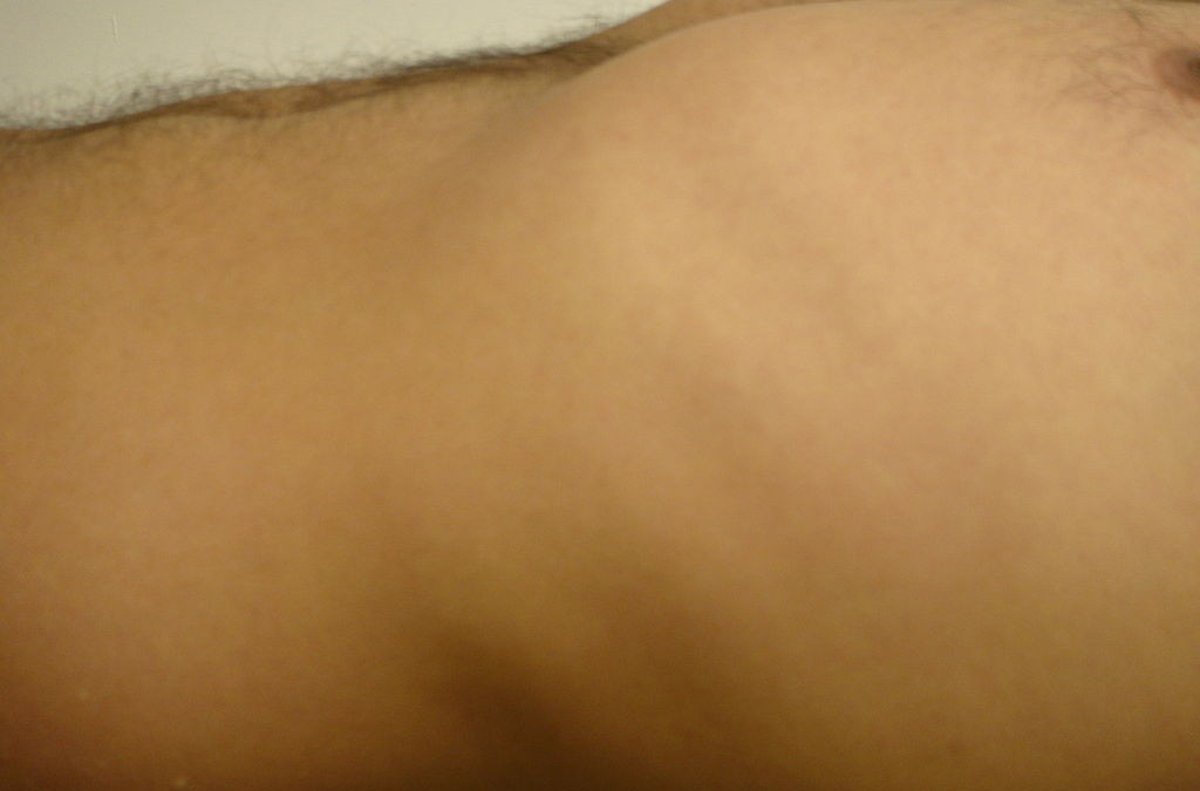Table of Contents
Thoracic outlet syndrome most often affects active teenagers and young adults who are in top physical shape. A woman who could dead lift 250 pounds (120 kg) at the gym before the condition sets in might find that she can't even lift her purse after it. Baseball pitchers and drummers might have to quit their professions when they are at their peak. And because doctors insist on non-surgical options, first it is usually after months of pain and frustration, people who have thoracic outlet syndrome are ready for surgery.

Only patient and doctor make the final choice, but certain kinds of surgeries tend to be best for certain kinds of patients.
- A minimally invasive procedure called minimally invasive procedure called pectoralis minor tenotomy (PMT), which consists of the detachment of a tendon called the pectoralis minor, tends to be more successful in teenagers and young adults in their twenties. This procedure may be indicated when palpation of the affected tendon shows that physical compression on the nerve bundle is the source of the pain. About 80% of people who have this procedure remain symptom-free 5 years later, although about 20% have persistent pain at the site of the incision.
- On the other hand, people who thoracic outlet syndrome caused by a blood clot or deterioration of blood vessels usually don't benefit from surgery at all. Pressure on the subclavian vein or subclavian artery usually is not relieved by treatment of the blood vessel itself.
- But for people who were born with an extra rib, or who have a band of tight muscle at the top of the rib cage, surgical removal of the rib may result in relatively quick relief of symptoms, "relatively quick" in this case still being 3 months.
The surgeon first removes muscles in front of the nerves and clears away scar tissue. Then the doctor takes out a rib or a band of muscle that is constricting the nerves. The surgeon may also divide the pectoralis muscle.
See Also: Acupuncture And Pain Relief
This drastic surgery, however, is a last choice in treating thoracic outlet syndrome. The simple fact is that diagnostic errors are always possible, and while some people get relatively fast relief from chronic pain, in three months or less, some continue to be disabled for months or years even after surgery. The rib removal option is more successful than many others, but it is not for everyone, and it is not without risk. It is always best to try physical therapy and natural pain relief first, even if minimally invasive surgery is indicated for persistent pain.
- Edwards DP, Mulkern E, Raja AN, Barker P. Trans-axillary first rib excision for thoracic outlet syndrome. J R Coll Surg Edinb. Dec 1999. 44(6):362-5.
- Vemuri C, Wittenberg AM, Caputo FJ, Earley JA, Driskill MR, Rastogi R, et al. Early effectiveness of isolated pectoralis minor tenotomy in selected patients with neurogenic thoracic outlet syndrome. J Vasc Surg. Jan 31 2013.
- Photo courtesy of Antonio Foncubierta by Flickr : www.flickr.com/photos/afoncubierta/2744036296
- Photo courtesy of Creator by Wikimedia Commons : commons.wikimedia.org/wiki/File:Lean_ribs.JPG

